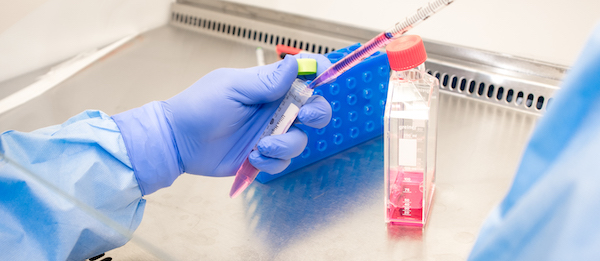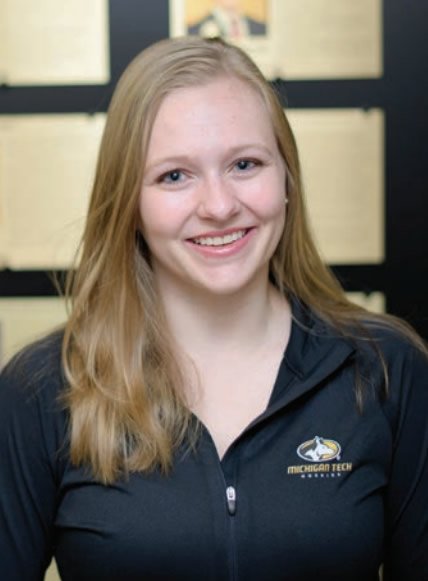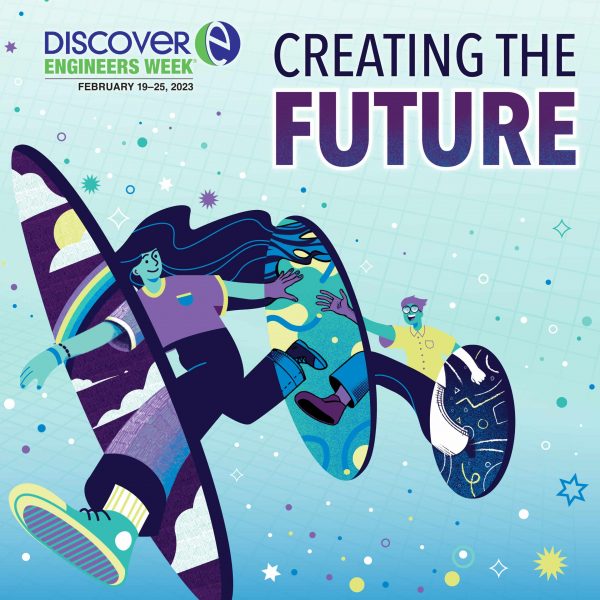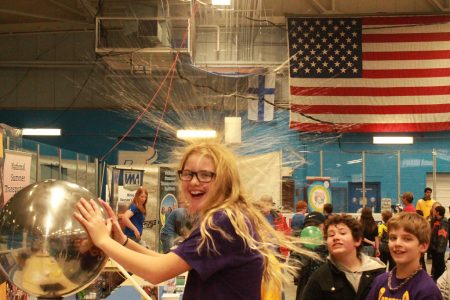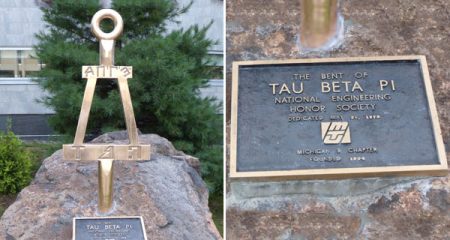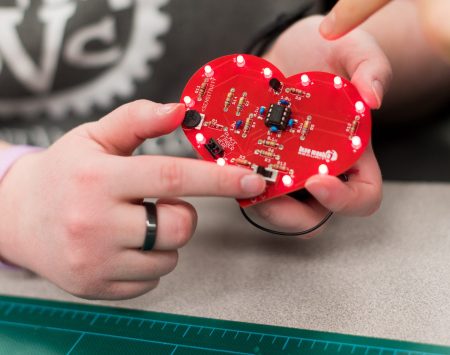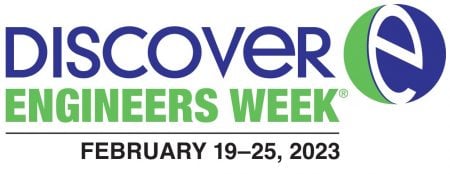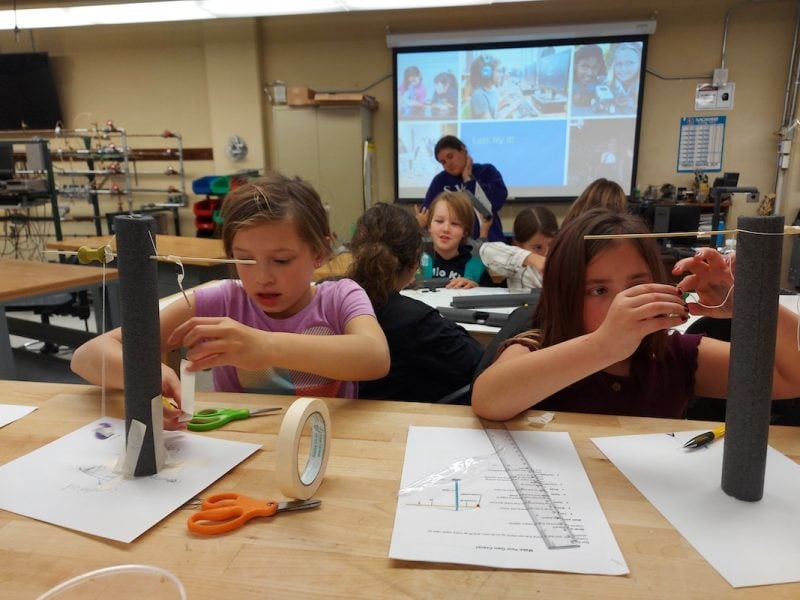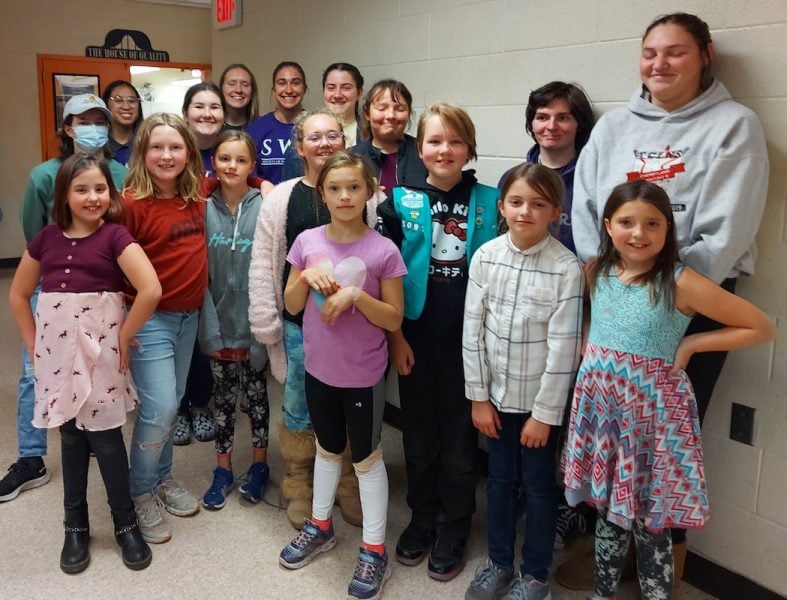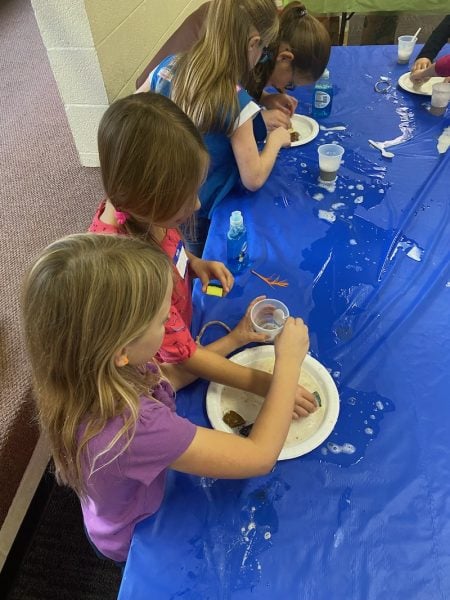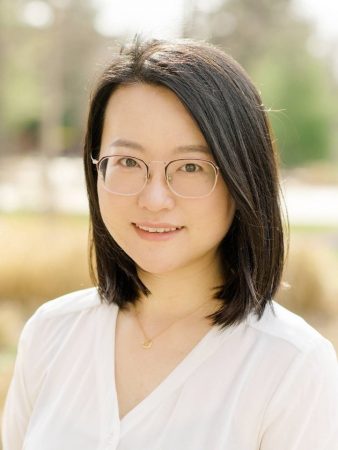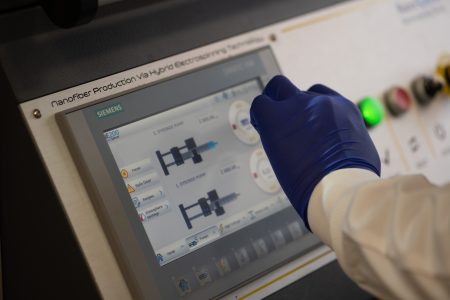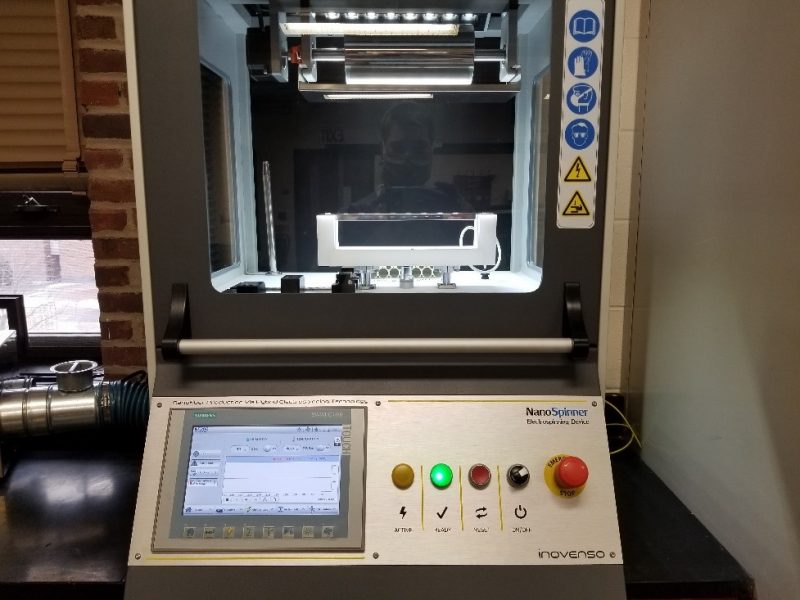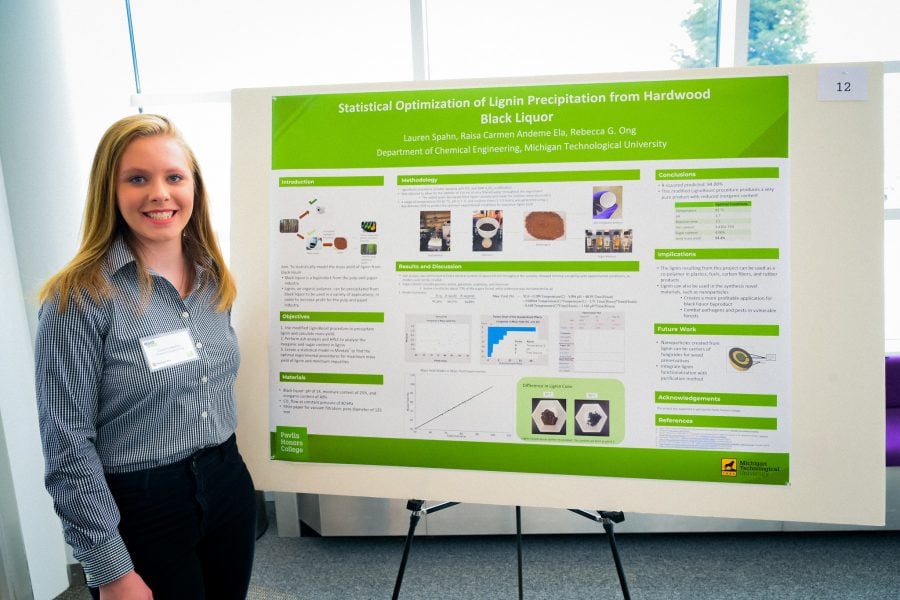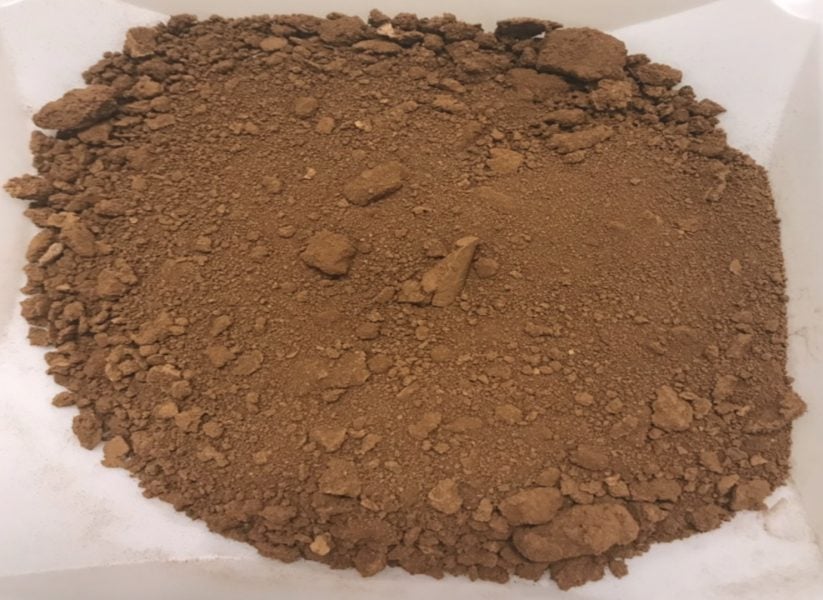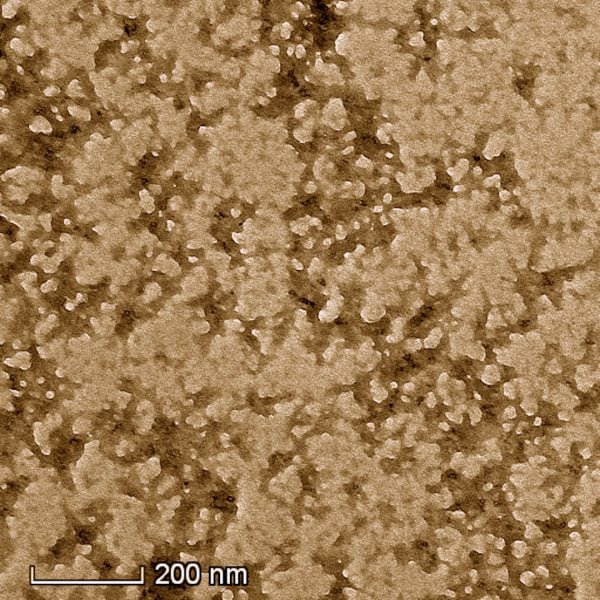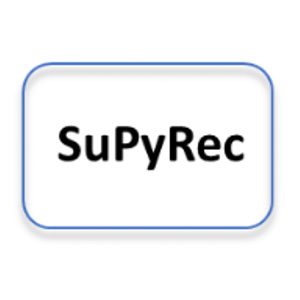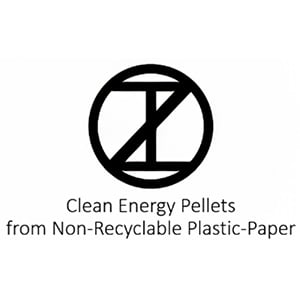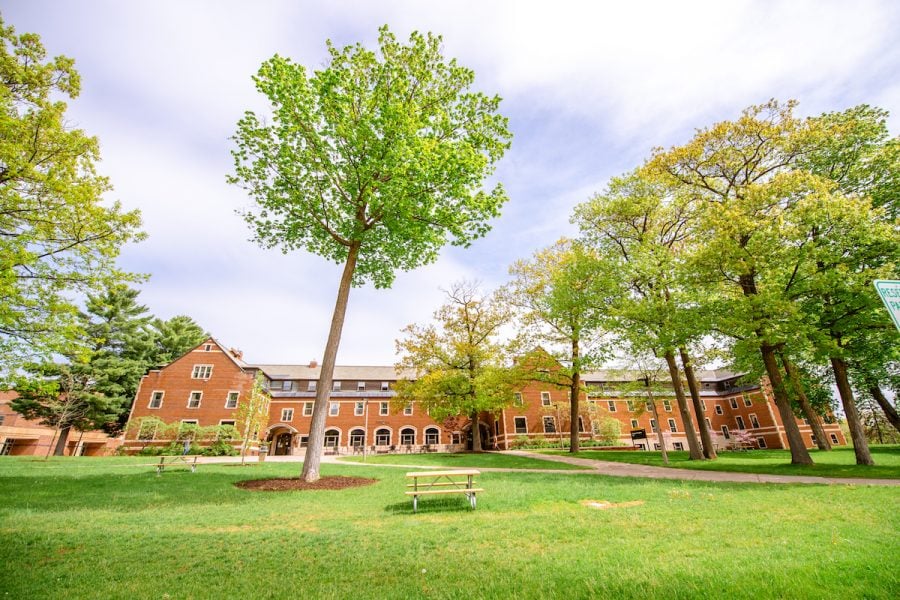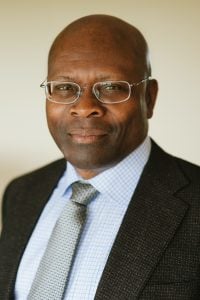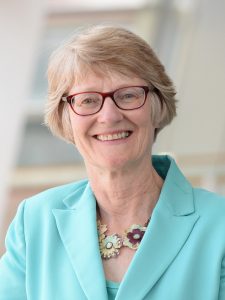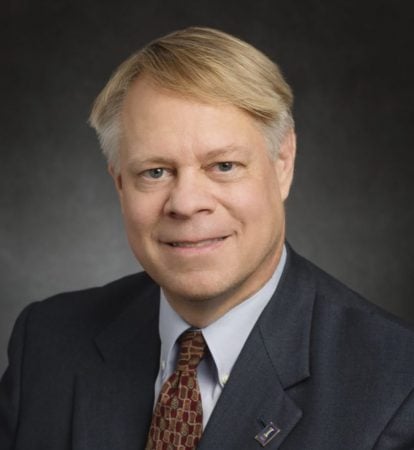
On March 13, 2023, professors and research leaders from Michigan Technological University and the College of Human Medicine at Michigan State University participated and presented at a collaborative research symposium titled “Engineering the Future of Human Health.” This inaugural event, hosted by MSU, was held at the Secchia Center in Grand Rapids, Michigan.
The symposium was spearheaded by Michigan Tech Vice President for Global Campus and Continuing Education David Lawrence and planned by a joint MTU and MSU team. Melissa Kacos, events manager at MSU, used her superior organizational skills to make the symposium a success.
Twelve researchers from MTU and 12 from MSU delivered presentations during the event’s six sessions. The event also featured an 18-poster display from faculty, researchers and M.D. students.
MTU was represented by:
- Muhammad Rizwan and Bruce P. Lee (BioMed) — Tissue Engineering and Biomaterials session
- Smitha Rao Hatti (BioMed/BioSci) and Adrienne Minerick (ChE/BioMed) — Biosensors, Nano & Micro Devices & Biomedical Instrumentation session
- Sean J. Kirkpatrick (BioMed/ECE/Physics) and Sangyoon Han (BioMed) — Biomedical Imaging session
- Roger Guillory II (BioMed) and William H. Cooke (KIP) — Cardiovascular Research session
- Kevin M. Trewartha (CLS/KIP) and Carolyn Duncan (KIP/BioMed) — Neurological Disease and Aging Research session
- Hyeun Joong Yoon (BioMed) and Paul Goetsch (BioSci) — Cancer Research session
Representing MSU were Brian Johnson and Nureddin Shammakhi (Tissue); Erin Purcell and Jinxing Li (Biosensors); Taeho Kim and Bryan Smith (Biomedical); Aitor Aguirre and Tomasz Timek (Cardiovascular); Rebecca Knickmeyer and Shreesh Sammi (Neurological and Aging); and Anna Moore and Kurt Zinn (Cancer).
The purpose of this collaborative event was investigating areas of shared goals, mutual interests and possible research collaboration in crucial areas of human health. Or as Christopher Contag of MSU affirmed, the symposium “will help integrate the research aims of the two universities for a collective endeavor to develop the tools, technologies and knowledge that will impact human health across the state.”
Sean Kirkpatrick of MTU agreed, noting that the event marked “a good first step towards working across university boundaries and leveraging our unique individual strengths to improve the health of Michiganders.”
The next step will be developing these research aims and shared human health initiatives in a second collaborative symposium hosted by MTU on Oct. 27, which is timed to go along with the Upper Peninsula Medical Conference. In this symposium, researchers will elaborate on the theme of engineering the future of human health, but in these key areas: Big Data, Data Analytics, Artificial Intelligence, Image Processing, Epidemiology, Human Factors and Neural Engineering.
Lawrence, Kirkpatrick, Cooke and Caryn Heldt (ChE/HRI) are MTU’s co-sponsors of this second symposium. Co-sponsors for MSU are Adam Alessio, Departments of Computational Mathematics, Science, and Engineering; Biomedical Engineering; and Radiology; and Bin Chen, Department of Pediatrics and Human Development.
As the second symposium approaches, the Global Campus team will be sharing more details. Stay tuned for ways to attend or participate in this innovative event.
By Shelly Galliah, Global Campus.
